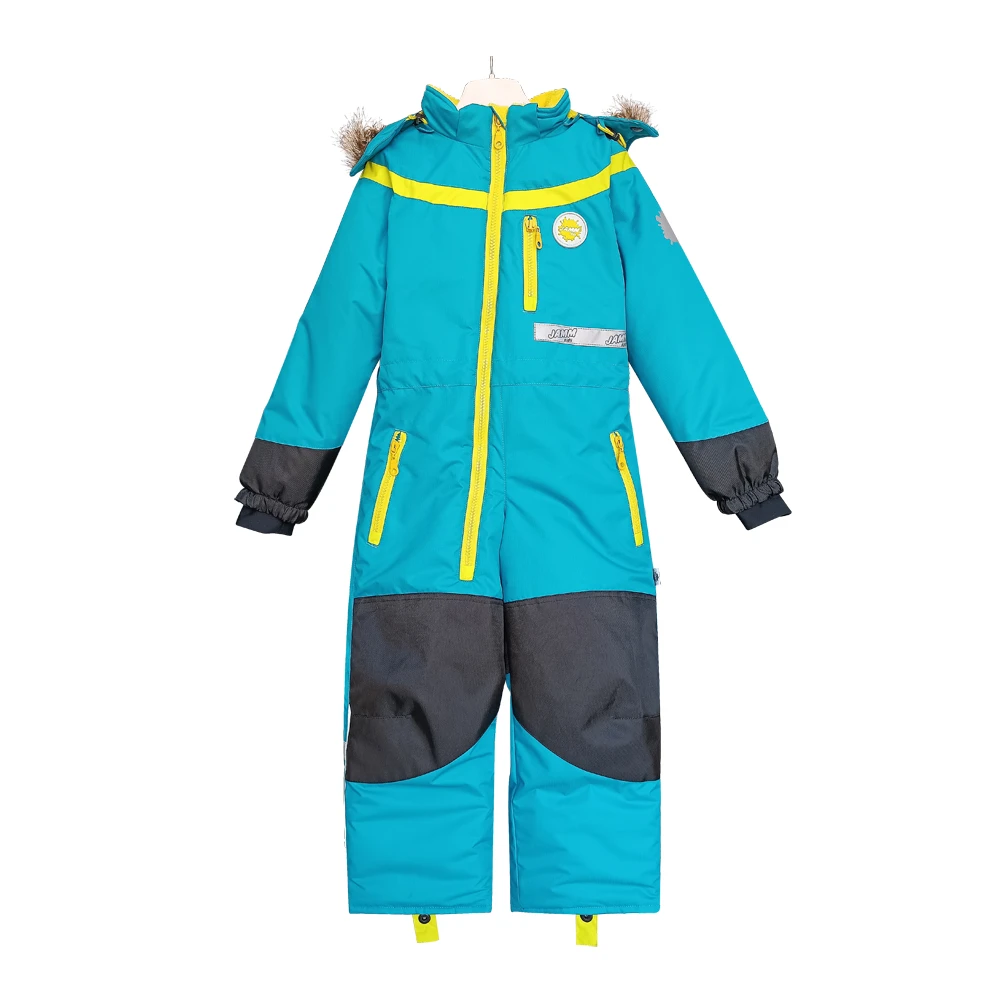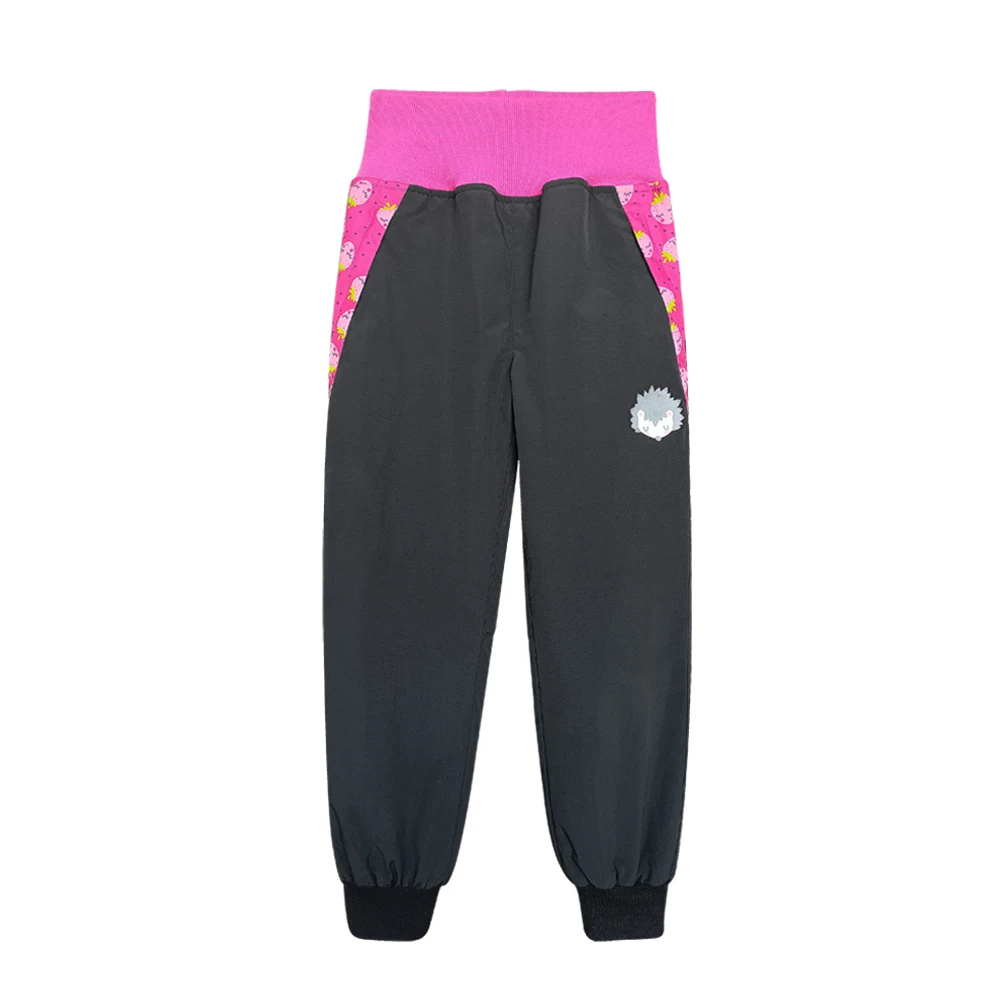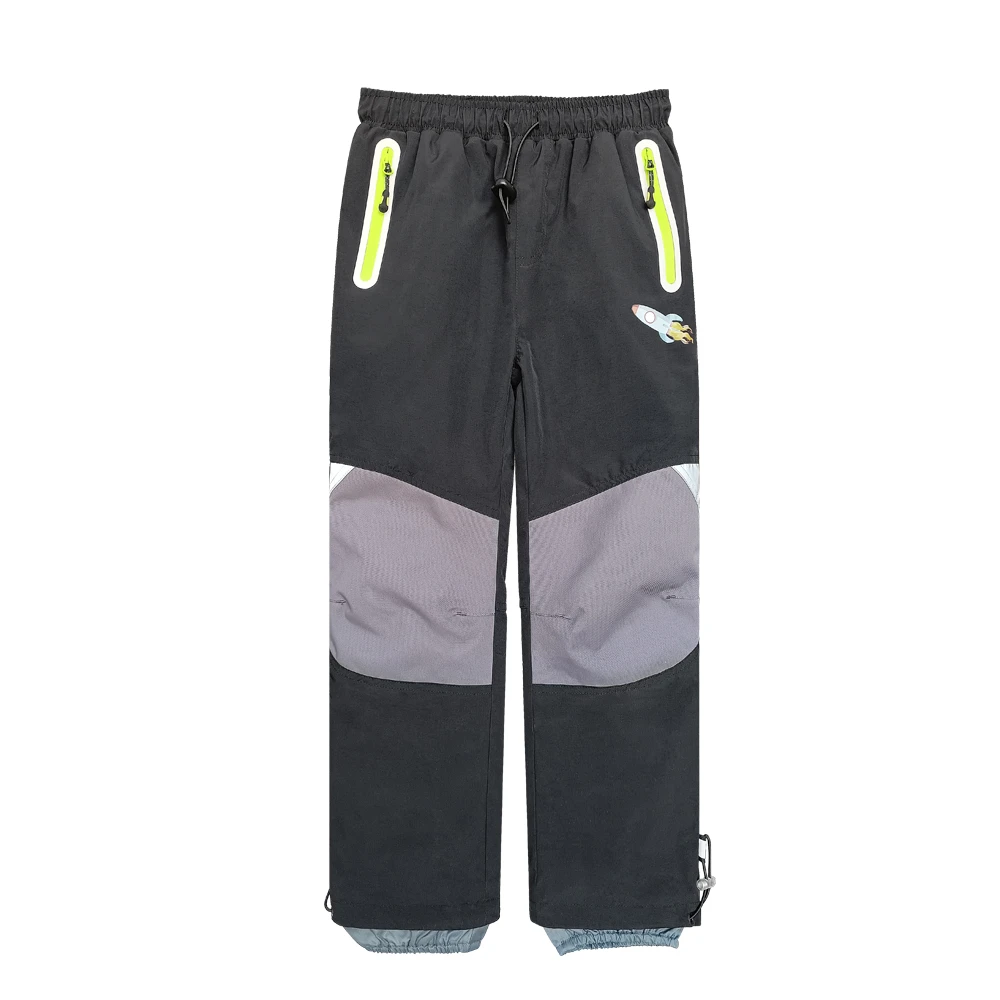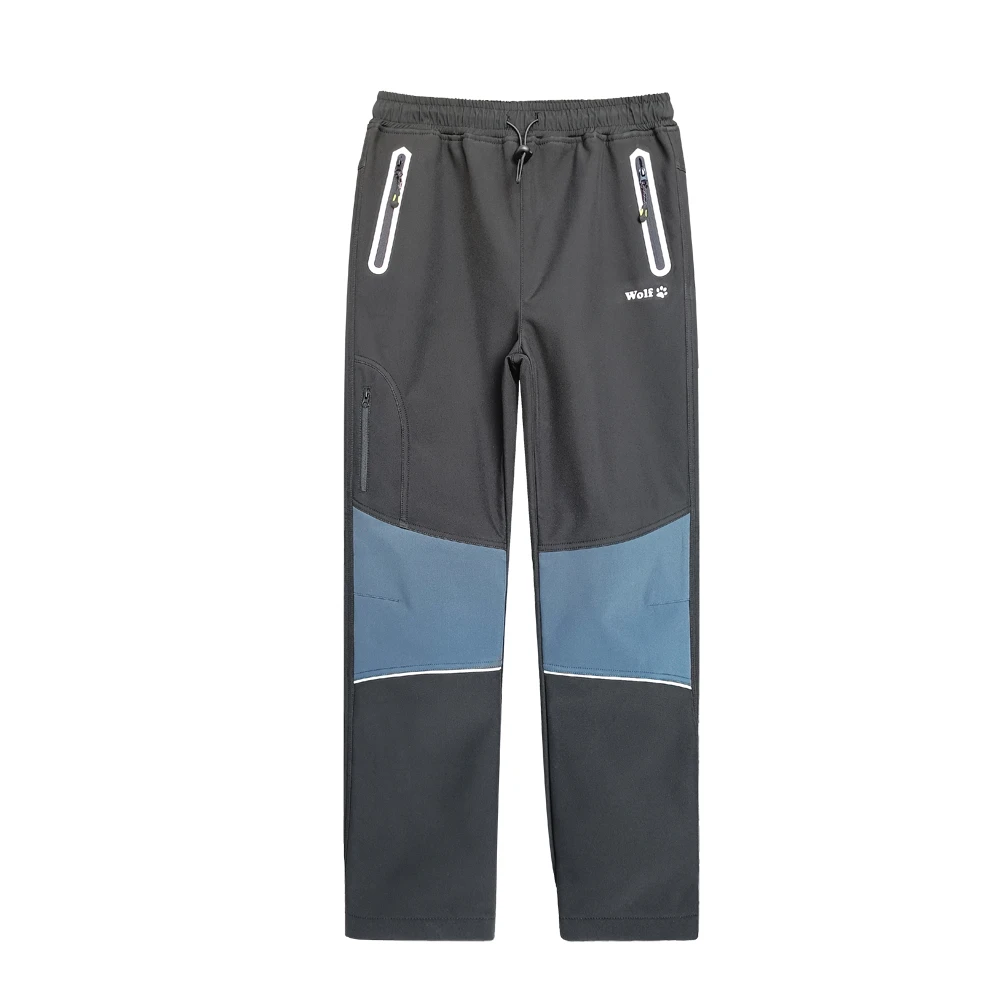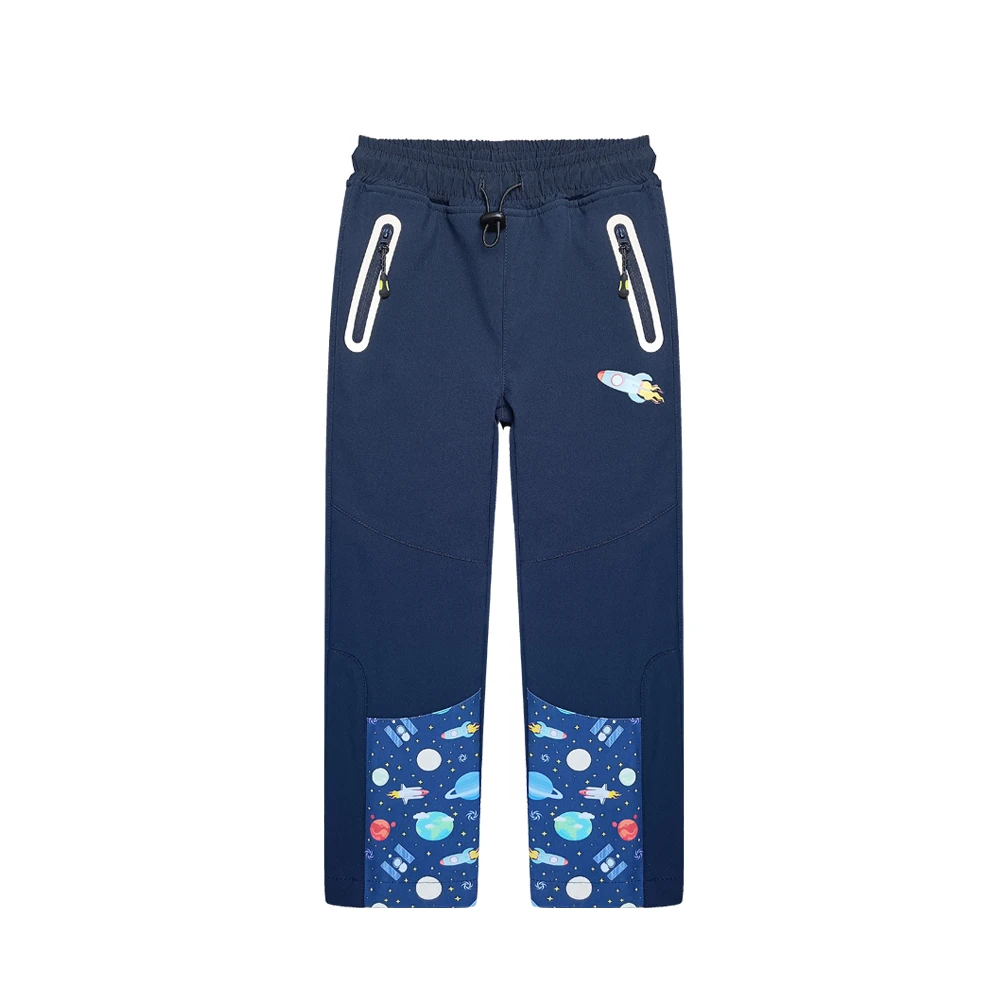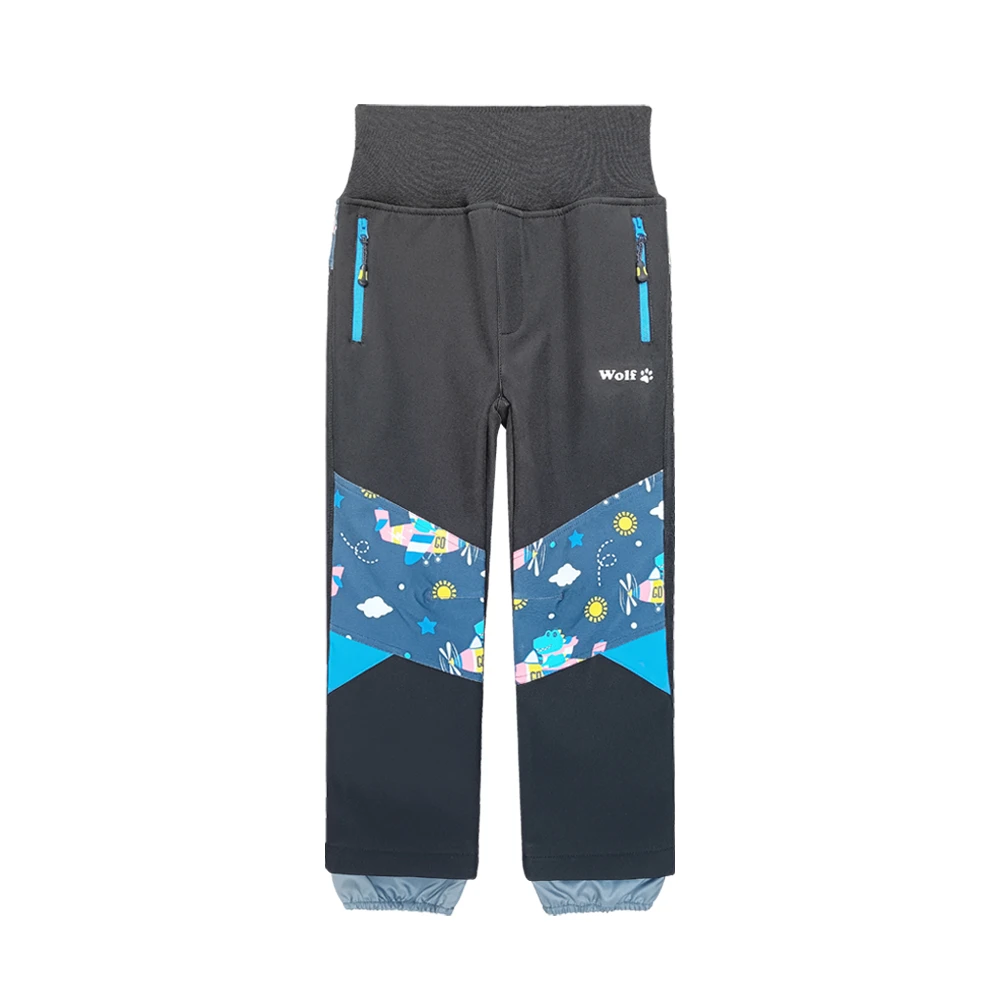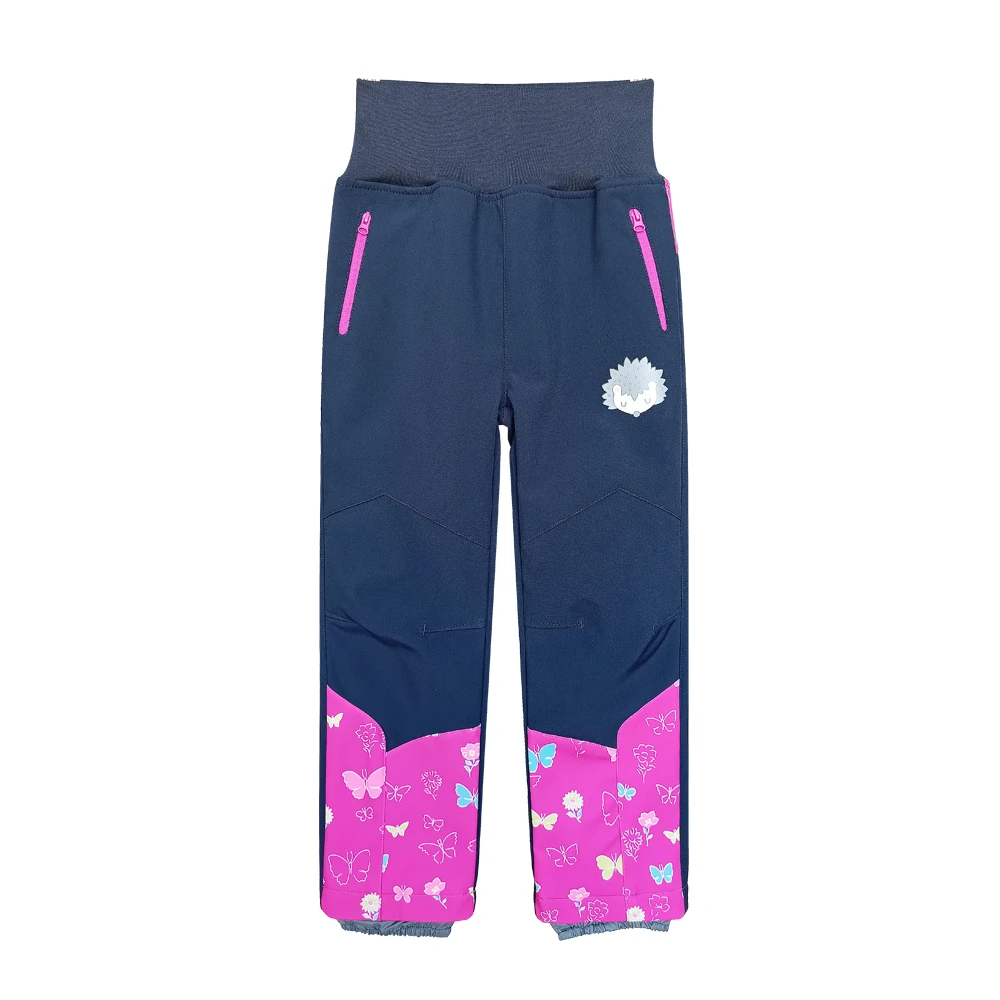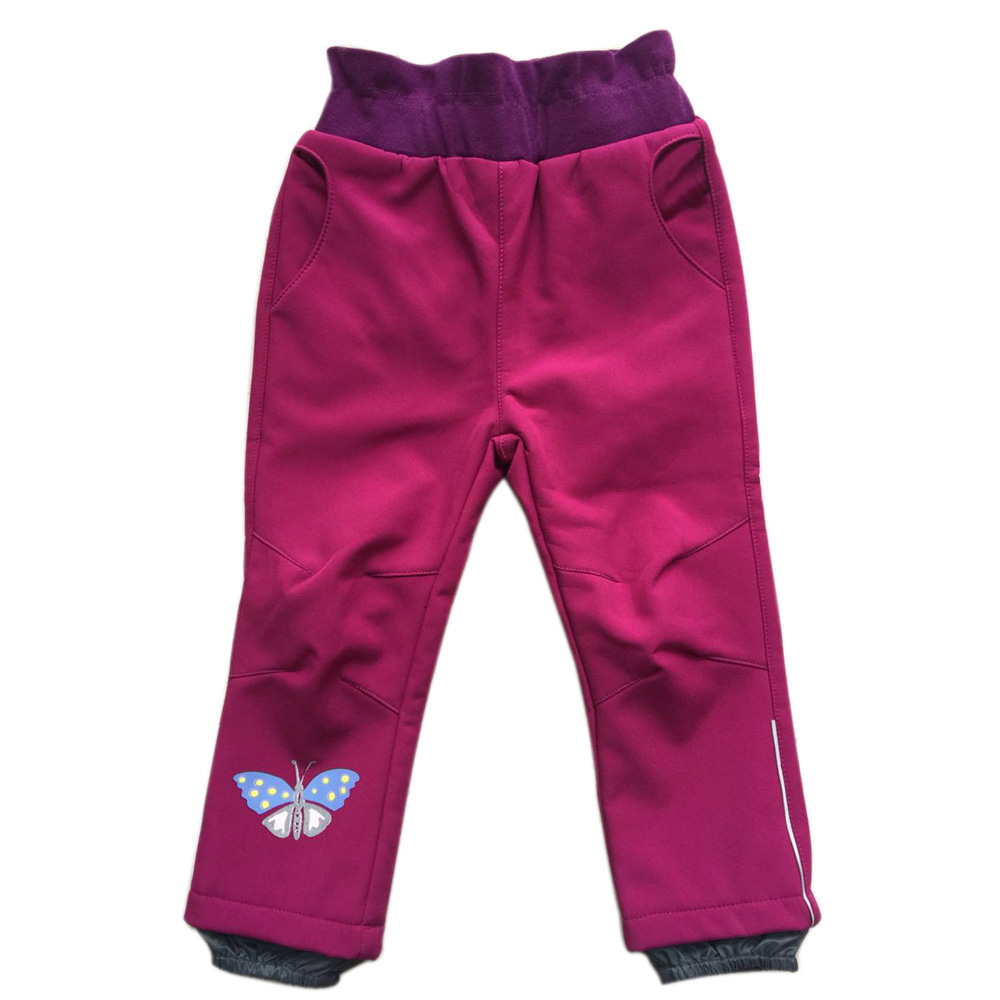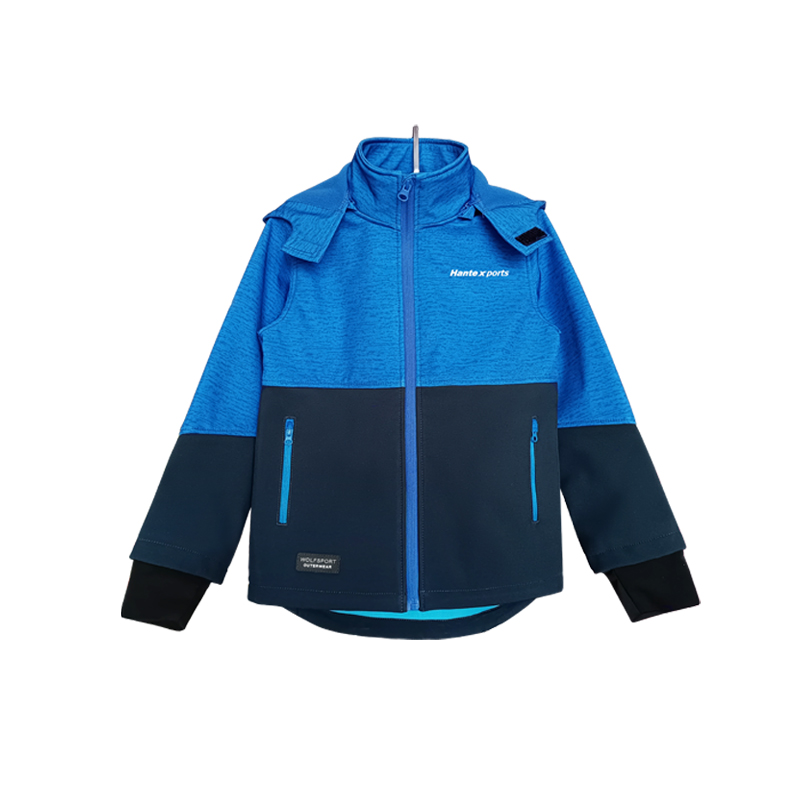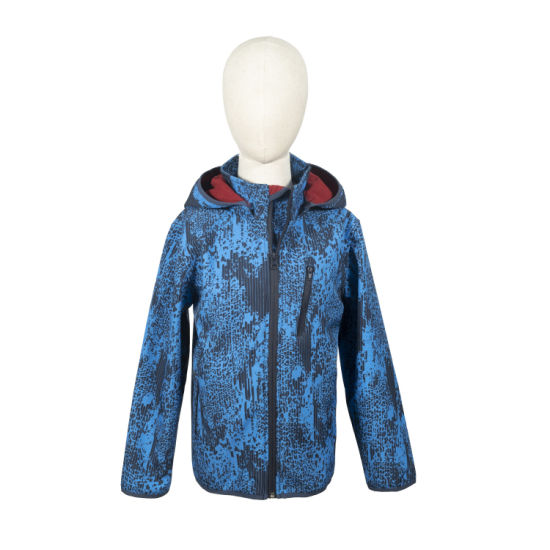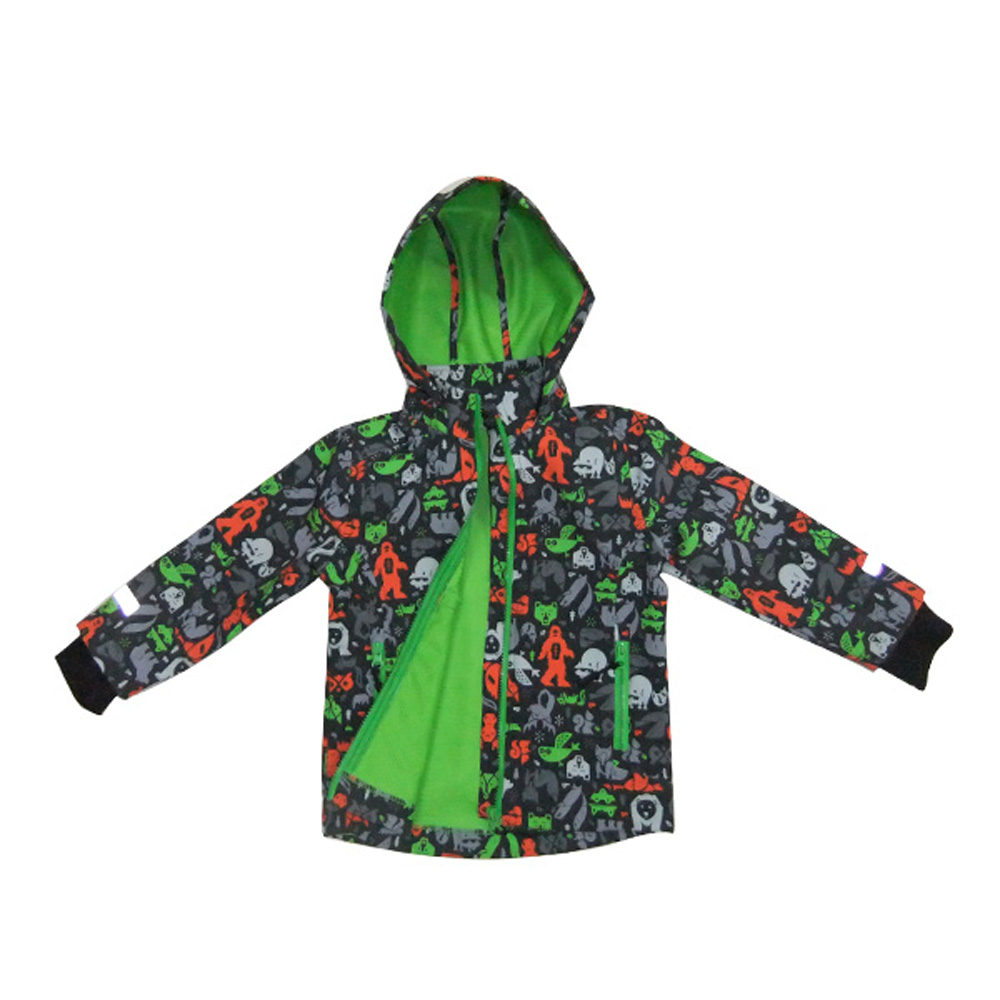Field Notes on the Kids Vest Outdoor Gilet Padding Coat
Layering for kids has changed a lot in the last few seasons. Parents want warm, visible, easy-on gear; schools ask for uniform-friendly colors; buyers ask (fairly) for better sustainability. This piece—the Kids Vest Outdoor Gilet Padding Coat—lands right in that sweet spot: a winter school padded waistcoat with a contrasting side panel and a bright yellow poet panel that’s hard to miss on a grey morning run to class. To be honest, the balance between warmth, weight, and visibility is what caught my eye first.

What’s driving the trend
In schoolwear and outdoor clubs, gilets outsell heavy parkas mid-season because they keep the core warm without restricting arms. Buyers tell me vests with high-visibility accents and easy-care padding win reorders. In fact, color-blocked sides (like this one) help with fit perception and—surprisingly—reduce the “bulky look” parents sometimes worry about.
Key specifications
| Model | KV-2004 |
| Shell fabric | 100% Polyester woven, DWR finish (AATCC 22 spray rating ≈ 80–90 after 10 washes) |
| Insulation | Recycled PET padding ≈ 120 g/m² (CLO ≈ 0.9; real-world use may vary) |
| Lining | Soft taffeta, anti-static |
| Sizes | 110–160 cm (EN 13402 guidance) |
| Visibility | Bright yellow poet front panel + contrasting sides for easy spotting |
| Testing | AATCC 22 water repellency; ASTM D737 air permeability; seam strength to ASTM D1683 |
| Compliance | CPSIA lead content; OEKO-TEX Standard 100 components; factory ISO 9001 (typical) |
How it’s made (short version)
Materials are received at the Shijiazhuang facility (No.173, Shuiyuan Str., China) and checked for colorfastness and DWR performance. Pattern grading → automated cutting → panel quilting → bar-tack reinforcement at pocket entries → zipper setting (YKK/SBS options) → hem/armhole binding → 100% inspection → carton drop test. Random lots undergo wash testing and dimensional stability checks. Service life? With normal school wear, I’d say ≈ 2–3 winters; cold wash and line dry extend that.

Where it actually works
- School commute and playgrounds (layer over hoodies)
- Scouts/outdoor clubs, autumn camps, shoulder-season hikes
- PE warmups; team staff love the easy on/off zip
- Retail/private label lines looking for a safety color pop
Vendor snapshot: choosing a partner
| Criteria | Shijiazhuang Factory (Origin) | Typical Trading Co. |
|---|---|---|
| MOQ | ≈ 300–600 pcs/style | ≈ 800–1,200 pcs/style |
| Lead time | 25–35 days after PPS approval | 45–60 days |
| Certs | ISO 9001; OEKO-TEX components (typical) | Varies by supplier |
| Customization | Colors, logo, zipper brand, fill weight | Limited, often fixed trims |
| Unit cost (indicative) | US$ 8.9–14.5 EXW, spec/qty dependent | US$ 11–18 EXW |
Customization and field feedback
Options include recycled-content padding, reflective piping, school crest embroidery, and color swaps on the side panels. One UK academy trust (pilot of 600 pcs) reported fewer “forgot-my-coat” incidents—kids actually wore the Kids Vest Outdoor Gilet Padding Coat because it felt light and “cool.” Teachers mentioned the yellow poet panel made playground monitoring easier. Small thing, big win.
Why it stands out
Warmth-to-weight is solid; visibility is built in; and the care routine is simple. If you’re sourcing for retail or a school program, ask for AATCC 22 data after 10 domestic washes and CPSIA compliance docs. It seems basic, but many vendors skip the paperwork; you shouldn’t.
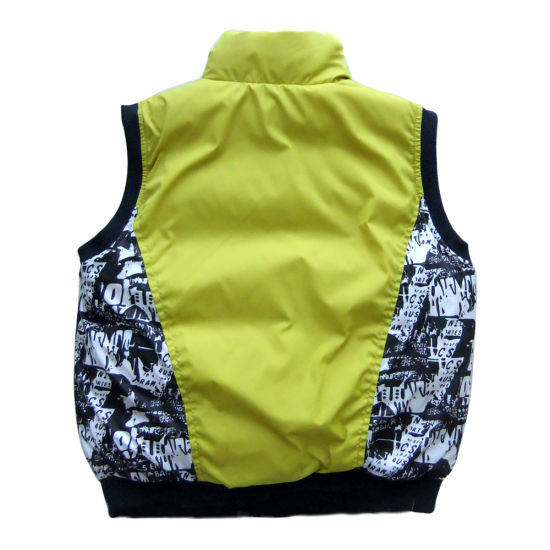
Final thought: this Kids Vest Outdoor Gilet Padding Coat is purpose-built for school-season chaos—grab, zip, go. Not flashy, just smart.
Authoritative references
- AATCC 22: Water Repellency—Spray Test, American Association of Textile Chemists and Colorists. https://www.aatcc.org/
- ASTM D737: Standard Test Method for Air Permeability of Textile Fabrics. https://www.astm.org/
- OEKO-TEX Standard 100: Product Class for Children’s Articles. https://www.oeko-tex.com/
- CPSIA Lead Content Requirements for Children’s Products, U.S. CPSC. https://www.cpsc.gov/
- ISO 9001 Quality Management Systems—Requirements. https://www.iso.org/
